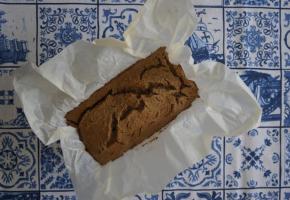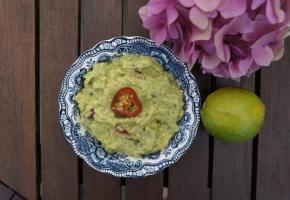Lucuma
Lucuma is a sweet tree, growing fruit that has been harvested since ancient times in the highlands of Peru, Ecuador and Bolivia. Its flavour is a cross between maple syrup and sweet potato, but it is full of iron, calcium, beta-carotene and niacin. It’s available here in powdered form and is a great addition to smoothies as it’s a super low calorie sweetener.

Camu-Camu
Camu Camu is a small riverside shrub that grows in the Peruvian and Brazilian Amazon. Its fruit is about the same size as a lemon, but orange in colour. 1 teaspoon of Camu Camu powder has 1,180% of the recommended daily intake of Vitamin C, even more than acai berries and 60 times more per serving than an orange. Brazilians believe its medicinal properties cure cold sores, herpes, and the flu!
Cacao
Like many others on the list, raw cacao has been cultivated by native South-Americans for thousands of years. When you hear the word cacao, you tend to think of the calorific dairy-ridden chocolate which is produced from it… but raw cacao is actually very good for you and the added milk actually neutralises its many health benefits. Cacao beans are harvested from the tree and dried at a low temperature, then either broken up into nibs or ground into powder. Cacao is rich in flavanoids and is an anti-oxidant. South Americans eat it to combat stress, help with mental alertness, stamina and ward off heart disease.

Maca
OK, so this is the sexy one. It’s actually a root (like ginger) which increases energy levels, and is also believed to be an aphrodisiac. The Incas (the ancient clever clogs who also harvested Quinoa and Lucuma) used Maca for endurance and energy. Tastes great and buying it in powdered form transforms a bland smoothie into an amazing one.
Acai Berries
These antioxidant-rich dark purple berries are packed with amino acids, as well as vitamins A, B, C and E and minerals such as potassium, calcium, magnesium, copper and zinc. Acai (pronounced ah-sye-yee) berries rot quickly after being picked, so they are often made into juice, supplements or powder, which can be whizzed into smoothies. Fresh Acai berries are out of the question, seeing as they only grow in the Amazon… but freeze dried Acai pulp is available. The Acai berry does not lose its nutritional value during the freezing process. It curbs appetite and gives an energy boost so it makes a great drink for before a workout.

Chia Seeds
Chia seeds are native to Guatemala. Mayan and Aztec warriors apparently ate a handful before battle to keep them full all day and boost their energy. These teeny tiny seeds expand in the stomach making you feel full. W omen in South America sprinkle it like salt (it is tasteless) over food to help them lose weight. They form a gel when mixed with water, which makes them a good substitute for eggs in vegan diets. Chia seeds are also rich in antioxidants and full of fibre, magnesium, zinc, iron and calcium. They are said to be good for lowering cholesterol.
NB: To make the egg replacement, mix 1tbs chia seeds with 3tbs water. After 15 minutes the “egg” is ready.
Quinoa
Pronounced (Keen-wah) NOT (Kin-o-wah)! The ancient Incas called these seeds the mother of all grains. One cup of it (cooked) has eight grams of protein! Quinoa is also a very good source of Vitamin C and B and its very high in iron and calcium. Over the last two or three years it’s become easily available in supermarkets. Sainsbury’s does a good one, but the mixed quinoa from Waitrose is my favourite!


















